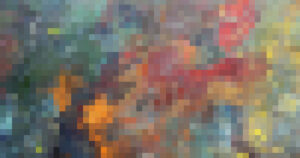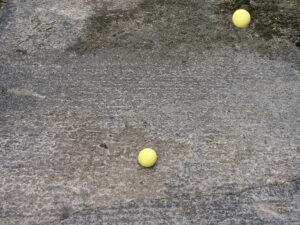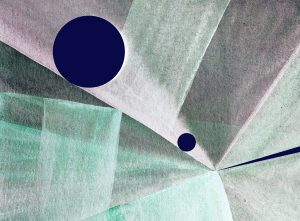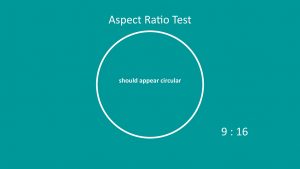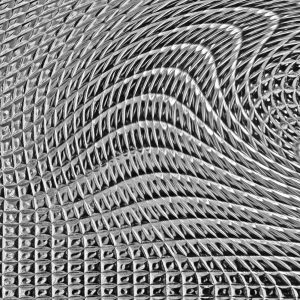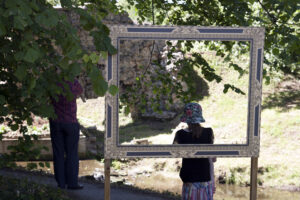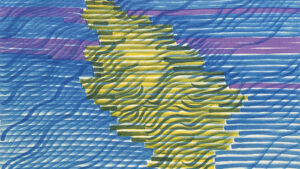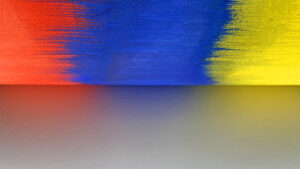
The essay Natural Reality and Abstract Reality written by Piet Mondrian more than hundred years ago offers the following mise-en-scène:
A trialogue (while strolling from the country to the city) among X, a naturalistic painter; and Y, a layman; and Z, an abstract-real painter.
First Scene. Late evening—flat land—broad horizon—high above it the moon.
Y It’s so beautiful.
X What depth of tone and colour!
Z Such peace!

This work, with its unusual structural resemblance to a short theatre play is simple and passionate. The three characters Y, X and Z represent distinctively different viewpoints and understanding with regards to man/nature/art relationship. This literary work by Mondrian may seem rather naive or simplified at the first glance, but at the same time it exposes necessity to discuss criteria and values systems in representational and perceptual art practices.
The first character Y is clearly aware of the ‘outer appearance’ of the scene and has experienced an impact on the senses which has created an emotional response by naming the scene being ‘beautiful’. Exactly what ‘beautiful’ means, is not specified or commented on by X or Z, but the dialogue indicates that Y characterises an emotional individual with a great appreciation of nature.
The second character X sees the value of colour and possibilities to transfer the perceived feeling of depth to a picture plane. He is an artist capable of bringing the fragment of the scenery to your home as a frozen impression of the moment.
The third character Z indicates that there is something deeper in the experience and that it is neither beauty nor colour which matters. The importance for him lies in a feeling of peacefulness and how this sensation can be shared using whatever means of expression are available to the artist.
Z is, of course, Mondrian himself, who tries to demonstrate that it is the essence of an experience that art of all ages seeks to express and transmit rather than simply being the creation of a scene approximating to capture an associated visual image.
Art education, in almost all instances, starts with advice to ‘learn from nature’ but it comes without any definition of what exactly ‘nature’ means or where its boundaries are.
Apart from the limitations of the lack of specificity in the advice Mondrian highlights a further flaw: An artwork is born not from imitation of nature but from the inner necessity of an artist to express the essence of a subject. Better advice might therefore be, observe nature as one source of inspiration but whatever source you choose learn to understand its essence.



